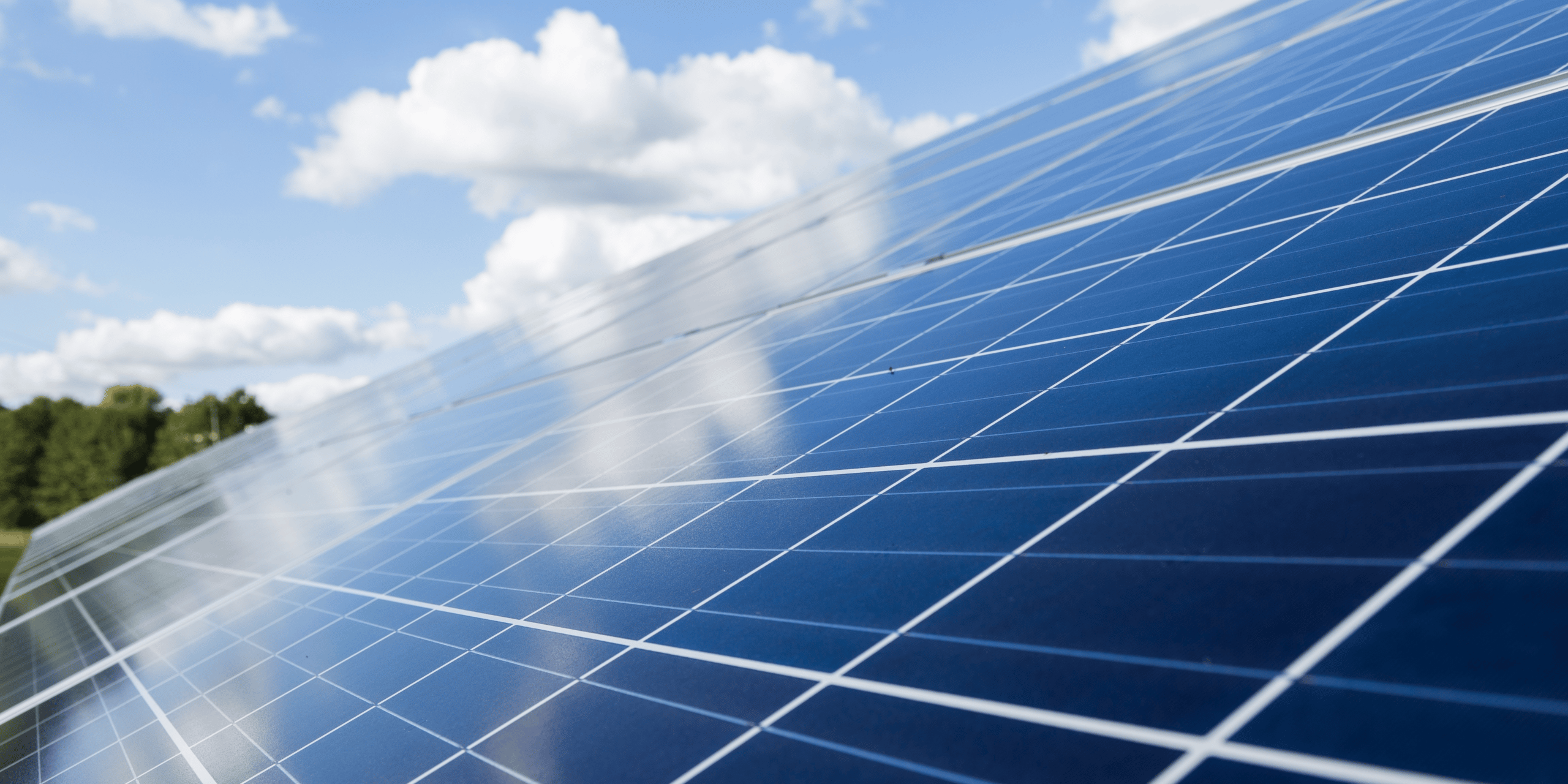
There are numerous ways for electric vehicle owners to save money whilst owning their vehicle, such as;
EV Charging
Charging your electric vehicle at home, whilst having access to an off-peak overnight electricity tariff will significantly reducing the savings cost. Another low costs option is to charge your electric vehicle at a ZeroNet network, which is run by the Zero Carbon World charity. These chargers are mostly found in the car parks of hotels, restaurants and other hospitality industry locations, and many businesses offer free charging for customers, although parking charges might apply while the charger is in use. However, this option is a lot more beneficial for the EV owner rather than using their EV charger at their property.
Low Maintenance Costs
Owning an electric vehicle means fewer maintenance issues, as there are fewer mechanical components in an electric vehicle compared with conventional vehicles.
The battery, motor, and associated electronics require little to no regular maintenance. There are fewer fluids, such as engine oil, that require regular maintenance. Brake wear is significantly reduced due to regenerative braking.
The main components on the electrical vehicle that will require routine maintenance are the tires, brakes, suspension and often the internal combustion engine. Overall, resulting in lower servicing and maintenance costs.
Rising Fuel Prices


Prices of petrol and diesel are rising. They have risen 143.4% since 2000 and are set to keep increasing because of the loss of money due to the Covid-19 pandemic, which can be a clear factor when deciding to buy an Electric Vehicle. Occasionally, fuel prices will spike for some unforeseen reason, this is another reason for a buyer to get an EV, as it would be more stable to charge your vehicle at your property and is less likely to spiral out of control.
The steady rise in petrol prices since November 2020 is one of the longest on record, and if sustained, the trajectory threatens to take the cost of unleaded for motorists to a seven-year high within weeks, according to the RAC Foundation figures.
Studies show that, on average, an electric vehicle would cost the owner £3,752 a year over the course of its life, compared to £3,858 for a petrol car, resulting in an annual saving of £107. However, the insurance is typically higher for an electric car, as there’s only a fraction of the UK’s mechanics qualified to work on electric cars, due to the components like the lithium-ion batteries which are very expensive to repair if damaged.
Depreciation
Studies show that certain Electric cars hold their value more than other EVs. The main factors to be aware of with regards to the depreciation of a car are its age and mileage. The older a car is, the less it tends to be worth.
Government incentives, congestion charging, low-emissions zones and changing attitudes to emissions are all part of why EVs are holding their value well at the moment.
There are other smaller factors to consider, such as keeping the interior clean and smoke-free, keeping the bodywork tidy with no scratches and no kerbed wheels. Regular servicing with proof kept in a file will help the car retain more value as well.










